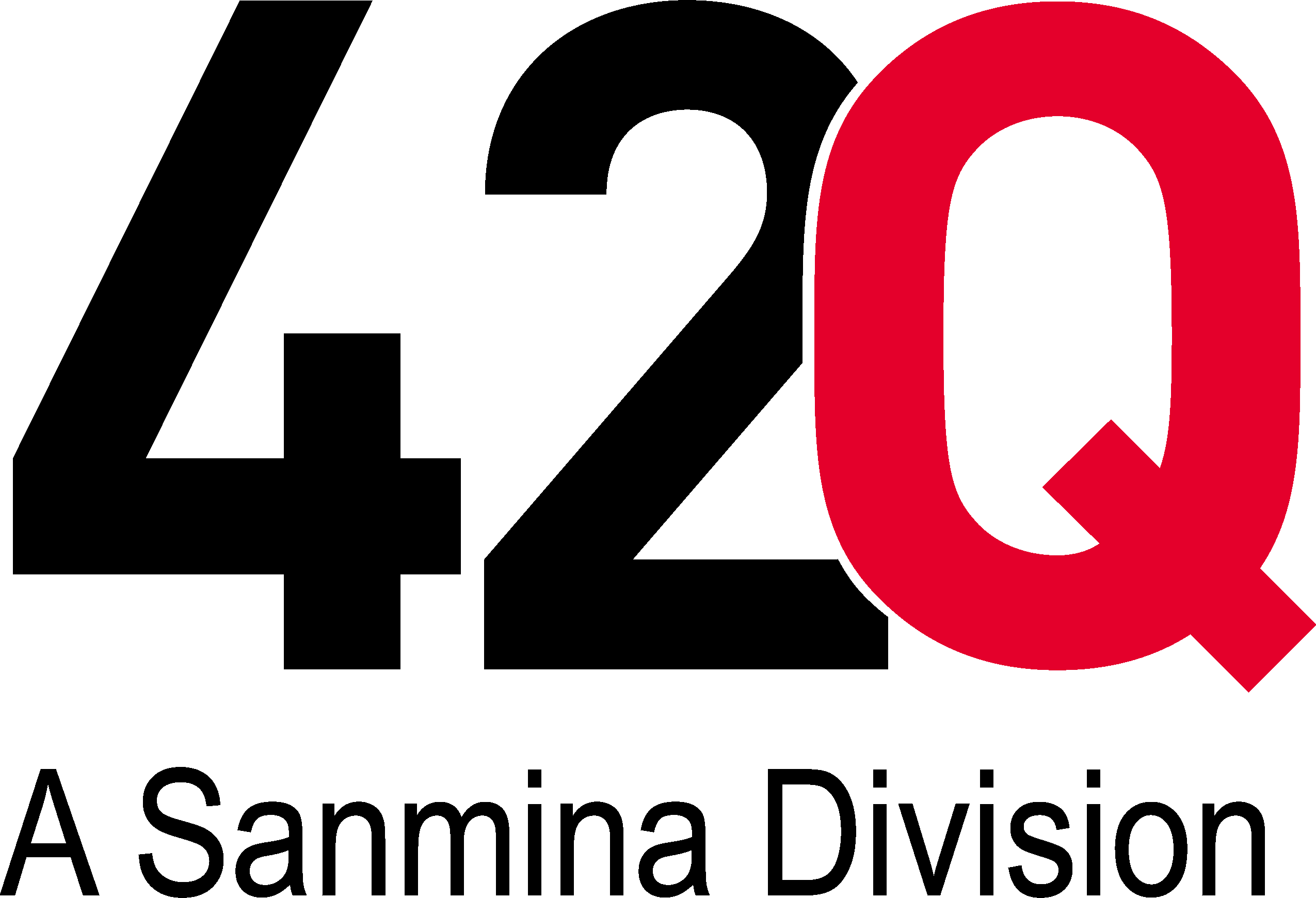What is Real-Time Production Monitoring in Manufacturing?

What is Real-Time Production Monitoring in Manufacturing?
Real-time production monitoring in manufacturing is a method for tracking factory output, machine usage, and quality metrics without delays. It involves data collection from equipment and processes, then presenting those insights through dashboards or automated alerts. The technique helps manufacturers understand exactly how their lines are performing, spot immediate opportunities to improve output, and resolve issues before they escalate.
This approach has gained momentum as companies seek practical ways to reduce overhead and waste. A real-time production monitoring system also helps reveal hidden constraints that hamper efficiency. Manufacturers often use these findings to optimize workflows, streamline maintenance, and adjust schedules. The end result is higher productivity, stronger reliability, and better returns for everyone involved.
Benefits of Implementing Real-Time Production Monitoring
Real-time production monitoring helps you make informed decisions as activities unfold, leading to major gains in overall efficiency. It also supports better alignment among management, shop floor personnel, and other stakeholders who rely on dependable data to keep things running smoothly.
- Reduced Downtime: Unexpected equipment failures can be identified sooner, decreasing costly breaks in production.
- Enhanced Quality: Automatic alerts for deviations drive more consistent output, improving overall reliability.
- Faster Response Times: Operators can course-correct promptly, which keeps throughput levels high.
- Better Resource Allocation: Resources are deployed more effectively, making operations more cost-effective.
- Data-Driven Improvement: Patterns over time highlight persistent issues, supporting lasting enhancements in the line.
Organizations that implement a manufacturing production monitoring system often see measurable progress in cycle times and output consistency. These improvements promote smoother operations, making it easier to scale for future growth.
Types of Real-Time Production Monitoring in Manufacturing
Modern factories gather data in different ways, each approach offering specific advantages and practical uses. Production monitoring for manufacturers generally falls into a few broad categories that meet diverse operational needs.
Automated Machine Data Monitoring
Automated machine data monitoring uses direct system integration or built-in controllers that relay relevant information in near-real time. It tracks outputs such as part counts, spindle speeds, and temperature levels. Many solutions integrate with cloud-hosted dashboards that deliver immediate visibility from anywhere with internet access. Data accuracy improves because there is no manual logging, leading to more reliable insights into potential issues or performance trends.
Sensor-Driven Production Tracking
Sensor-based production tracking harnesses external devices attached to machinery or production lines. These sensors collect details about cycles, movement, or vibrations, then feed that data into a central real-time production monitoring software. It complements automated machine data by capturing information from legacy equipment not originally built for advanced measurement. The sensors help operators and managers gather immediate feedback without costly full-system overhauls.
Operator-Driven Data Collection
Operator-driven data collection relies on manual inputs from workers. Tablets or terminals on the floor allow technicians to enter metrics such as part rejections or job completions. This model adds value when certain variables are best recorded by human judgment, including cosmetic defects or subtle design nuances. Manual entries are consolidated with automated inputs for a complete record of what happens on the line.
Core Features of Effective Real-Time Production Monitoring Software
Well-designed real-time production monitoring software sets the stage for proactive oversight. It gives you a central platform to manage factory data, analyze output, and streamline decisions.
- Live Dashboards: Comprehensive interfaces display key metrics, thresholds, and alerts.
- Automated Alerts: Prompt notifications help stakeholders respond quickly to bottlenecks or machine faults.
- Historical Data Access: Archiving options enable comparisons across timeframes for deeper analysis.
- Flexible Integration: Easy connectivity with existing ERP systems and devices, which saves resources.
- Reporting Tools: Graphical and exportable reports enable more impactful discussions on performance.
Machine Monitoring vs Production Monitoring
The main difference between machine monitoring and production monitoring is that machine monitoring focuses on individual equipment performance, while production monitoring offers a broader picture of output and quality across processes. Machine monitoring records details such as motor speeds, downtime events, and temperature ranges for each machine. Production monitoring merges data from multiple machines, assembly lines, or facilities to assess entire workflows.
Focusing solely on machine monitoring can support maintenance schedules and track mechanical health. Production monitoring, on the other hand, aligns each step of the manufacturing process toward a shared objective of better end-product results. Both approaches share a goal of achieving better efficiency.
| Aspect | Machine Monitoring | Production Monitoring |
| Scope | Individual Machines | Entire Production Process |
| Primary Focus | Maintenance & Mechanical Health | Output, Quality & Efficiency Across Workflows |
| Data Collection Method | Equipment Sensors & Controllers | Multiple Data Sources Including Machines & Human Inputs |
| Level of Visibility | Micro-Level Insights for Specific Equipment | Macro-Level Insights for the Overall Factory |
| Use Case | Predictive Maintenance & Fault Detection | Full Optimization of Manufacturing Production Monitoring |
Applications Across Various Manufacturing Sectors
Real-time production monitoring is not limited to large assembly plants. Different manufacturers, ranging from specialized medical device makers to consumer electronics assemblers, stand to gain substantial advantages when they implement these practices.
Medical Devices
Medical device producers often require strict compliance and traceability. Real-time production monitoring helps track each step in a process, ensuring adherence to regulations and customer requirements. Data collection provides clarity around potential deviations, which supports corrective actions before problems escalate. Many medical device manufacturers also rely on electronic batch records to confirm product integrity, and they benefit from accurate data feeds that show how each lot is progressing.
Automotive
Automotive operations revolve around precision and on-time delivery. A manufacturing production monitoring system manages lead times across multiple tiers of suppliers, verifying that machine availability stays high. Real-time alerts highlight issues on the assembly line, keeping throughput stable and reducing the possibility of rework. These benefits also strengthen relationships with partners, since consistent output boosts trust in long-term collaborations.
Aerospace
Aerospace manufacturers handle an extensive range of parts that must meet exacting criteria. Performance metrics are captured in real time, which allows for quick feedback loops to address anomalies. Teams often integrate production monitoring with rigorous quality checks, ensuring every stage aligns with flight safety standards. This high standard of oversight can remove guesswork around performance concerns and maintain tight tolerances.
Consumer Electronics
Consumer electronics assembly often sees short product cycles with intense demand for speed to market. Real-time production monitoring software encourages efficient line changeovers and immediate detection of quality issues. It also provides the granularity needed to optimize yields, track operator performance, and record assembly times for each unit. That data gives managers new levels of visibility into cost drivers, and it clarifies where resources could be allocated more effectively.
Considerations When Implementing a Real-Time Production Monitoring System
Introducing a real-time production monitoring system should involve practical planning, alignment across teams, and clear objectives. The process becomes more fluid when you match the solution to your current workflows and ensure each stakeholder sees tangible value.
Infrastructure Compatibility
Many organizations still rely on older machines that do not easily connect to a modern data platform. Adding sensors or IoT gateways is one way to capture signals without heavy overhauls. You can also review software compatibility to confirm that your real-time production monitoring software integrates smoothly with your existing IT resources. This step helps reduce extra costs or disruptions linked to system mismatches.
Workforce Engagement
Operators, shift supervisors, and engineers should all understand the benefits of immediate insights. Training sessions on new dashboards or data inputs prevent confusion and raise awareness about how these tools can guide daily tasks. It also helps to gather feedback from teams on the floor to refine how data is collected or displayed. A well-informed workforce is more likely to embrace the transition, boosting success rates over the long term.
Scalability Requirements
A good real-time production monitoring system is flexible enough to handle multiple lines, plants, or expansions in output volume. Small pilot projects often prove ROI first, and then the technology can be extended to other facilities. It is important that the solution’s pricing model aligns with your growth plans, without sacrificing performance. Many leaders look for subscription options that let them scale up or down based on ongoing needs.
Real-time production monitoring delivers real value by capturing critical process data and providing immediate visibility into operations. It shines a light on areas that need improvement, supports more accurate forecasting, and fosters better collaboration among teams. These advantages result in data-driven steps that elevate efficiency, cut costs, and accelerate time to market. A well-chosen approach also strengthens investor confidence by maximizing returns and showing that each process is ready for broader growth.
Organizations that adopt manufacturing production monitoring see benefits both in the short and long term. Immediate outcomes often include fewer production surprises and faster resolutions, while the long view supports strategic investments. It is a proven method to identify hidden inefficiencies, keep on schedule, and secure a sustainable path toward higher-quality products and greater profitability.
Today, manufacturers face the challenge of boosting efficiency, precision, and scalability. To meet these demands, many are considering the move to cloud-based solutions. At 42Q, we combine decades of manufacturing expertise with advanced technology to deliver connected manufacturing. Our flexible, cloud-native MES platform enhances visibility, streamlines operations, and accelerates digital factory readiness. Discover how our solutions can empower your factory to achieve its full potential.
Key Takeaways
- Real-time production monitoring generates accurate, up-to-the-minute data on equipment and processes.
- Quick alerts for quality and equipment issues cut downtime and improve production throughput.
- Sensor-driven solutions are beneficial when older machinery lacks integrated controllers.
- Different manufacturing sectors benefit from real-time visibility, including aerospace and automotive.
- Successful implementation often hinges on workforce training and flexible, scalable software compatibility.
FAQs
A real-time production monitoring system is a platform that gathers data as events happen on the shop floor and transforms those details into immediate insights. The core goal is to help you see what is working, identify constraints, and make impactful adjustments quickly.
Manufacturing production monitoring provides traceability for resource planning and cost management. Smaller facilities often leverage the data to optimize production runs, reduce scrap, and respond faster to shifting priorities.
Machine logging centers on capturing specific metrics such as spindle speeds and run times for a single piece of equipment. Real-time production monitoring software unifies data from multiple stations, which gives you a complete picture of output, quality, and scheduling performance.
Many modern systems incorporate adapters, gateways, or external sensors to collect signals from older machines. This approach provides practical integration without a major overhaul or hardware replacement, which speeds up time to value.
Alerts and dashboards detect inefficiencies before they escalate, so you can adjust staffing, scheduling, or maintenance more efficiently. This level of visibility often reduces waste and lowers overall operating expenses.
